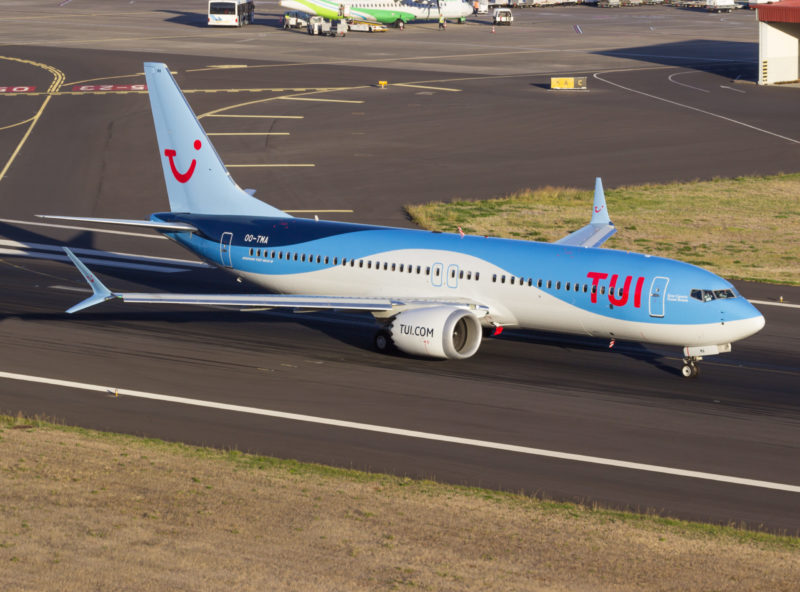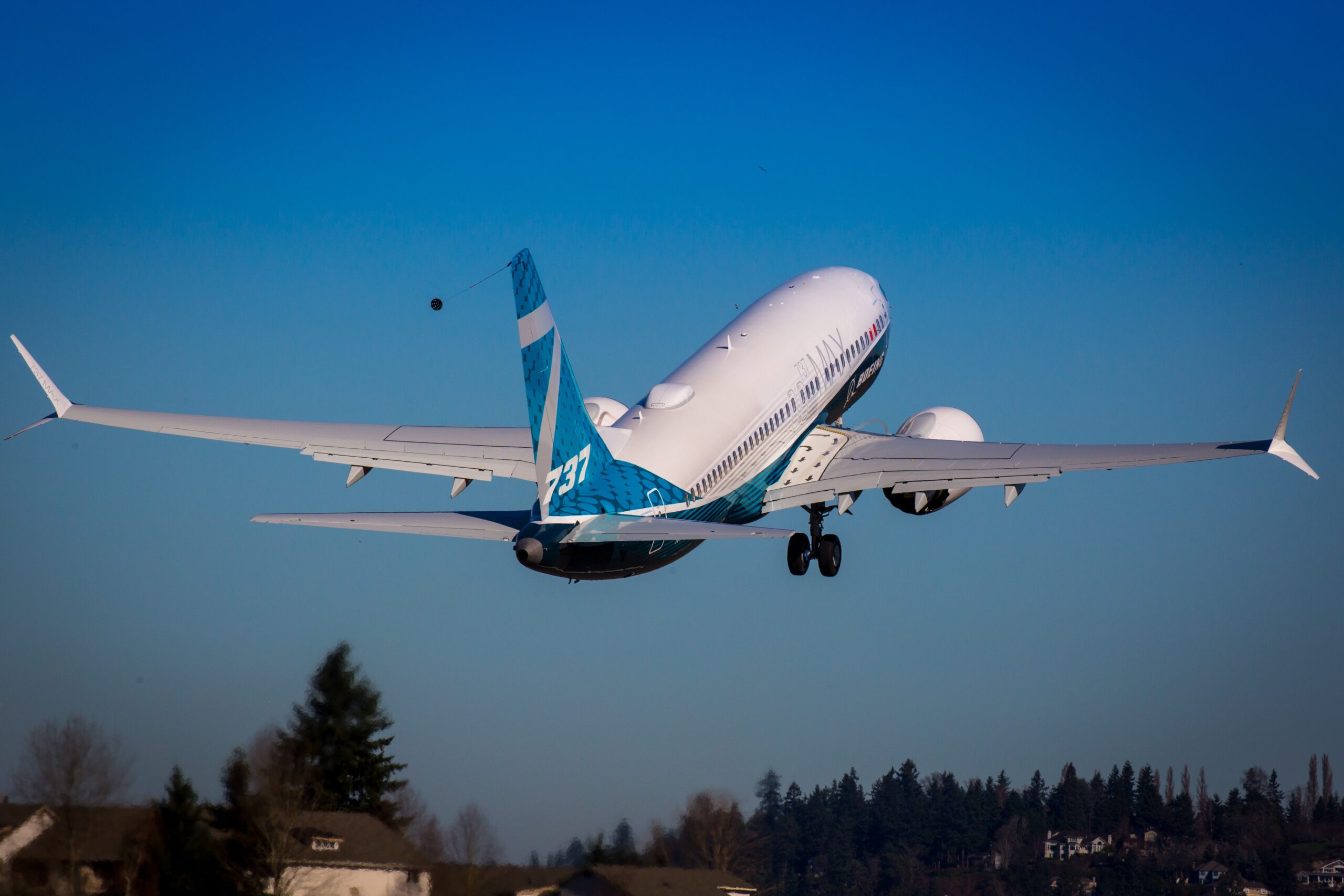The Federal Aviation Administration (FAA) has proposed four design changes to the Boeing 737 MAX.
On the new Airworthiness Directive (AD) the FAA “has determined that final corrective action is necessary to address the unsafe condition“.
The Boeing 737 MAX has been grounded since March 2019, following two accidents. The first being in October 2018 when a Lion Air 737-8 MAX crashed after takeoff in Jakarta, Indonesia and killing 189 people. The second was six months later, when an Ethiopian Airlines 737-8 MAX crashed after takeoff from Addis Ababa Bole International Airport resulting in 157 deaths.
“This AD was prompted by the potential for a single erroneously high angle of attack (AOA) sensor input received by the flight control system to result in repeated airplane nose-down trim of the horizontal stabiliser, which, in combination with multiple flightdeck effects, could affect the flight crew’s ability to accomplish continued safe flight and landing.”

Four B737 MAX Design Changes
The agency are requiring the following four design changes:
- Installing updated flight control software (with new control laws) for the FCC operational program software (OPS)
- Installing updated MDS display processing computer (DPC) software to generate an AOA disagree alert
- Revising certain AFM flight crew operating procedures
- Changing the routing of horizontal stabiliser trim wires
According to the FAA, the first design change will prevent erroneous MCAS activation. The second design change will alert the pilots if the airplane’s two AOA sensors are disagreeing by a certain amount, indicating a potential AOA sensor failure.
The third design change is intended to ensure that the flight crew has the means to recognise, and respond to, erroneous stabiliser movements and the effects of a potential AOA sensor failure. The last change will restore compliance with the FAA’s latest wire separation safety standards.
In addition to these four changes, the FAA propose that 737 MAX operators conduct an AOA sensor system test and perform an operational readiness flight prior to returning each airplane to service.
Also, operators with an existing FAA-approved master equipment list (MEL) would be required to incorporate more restrictive provisions to dispatch an airplane with certain inoperative equipment.


